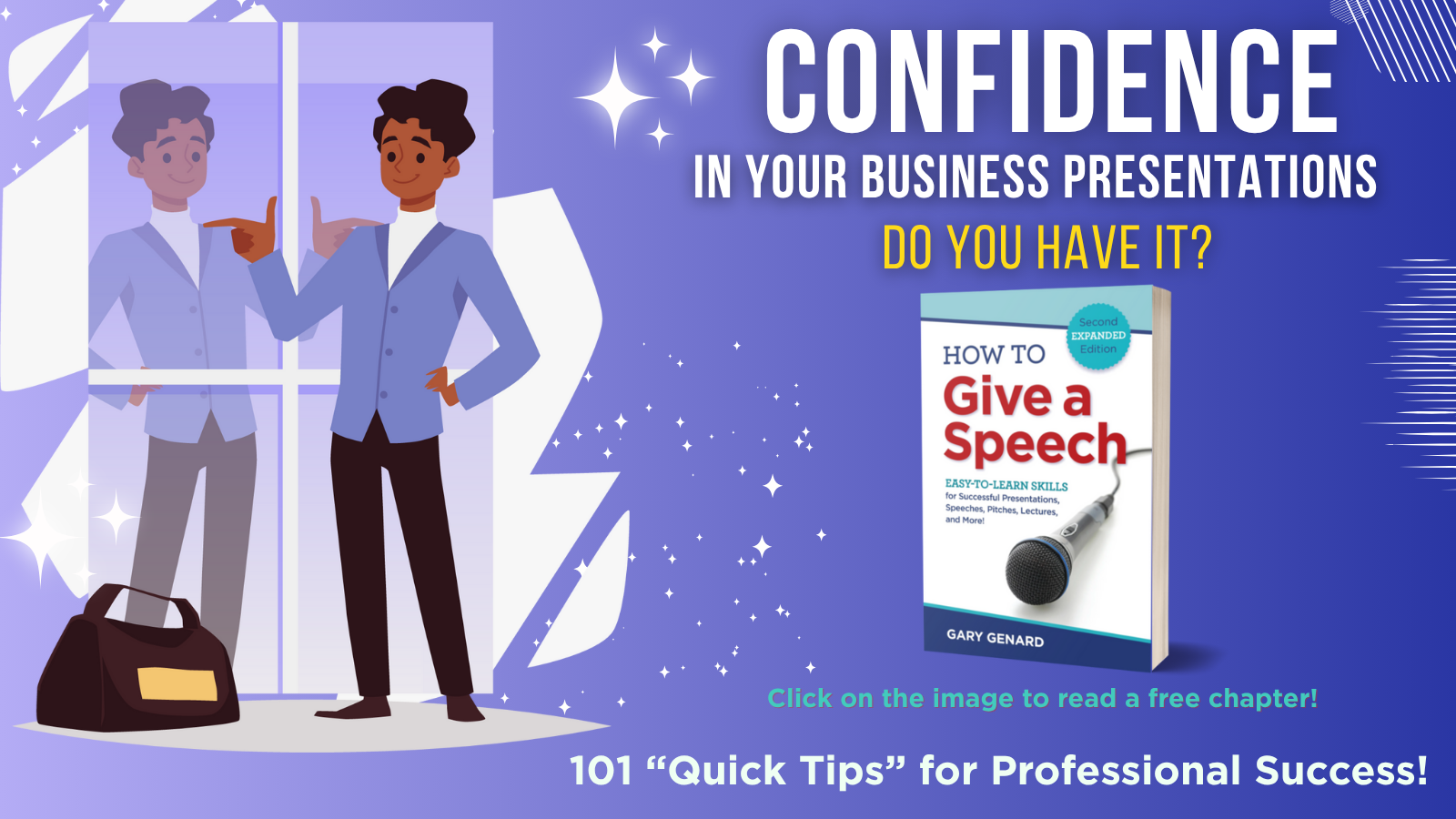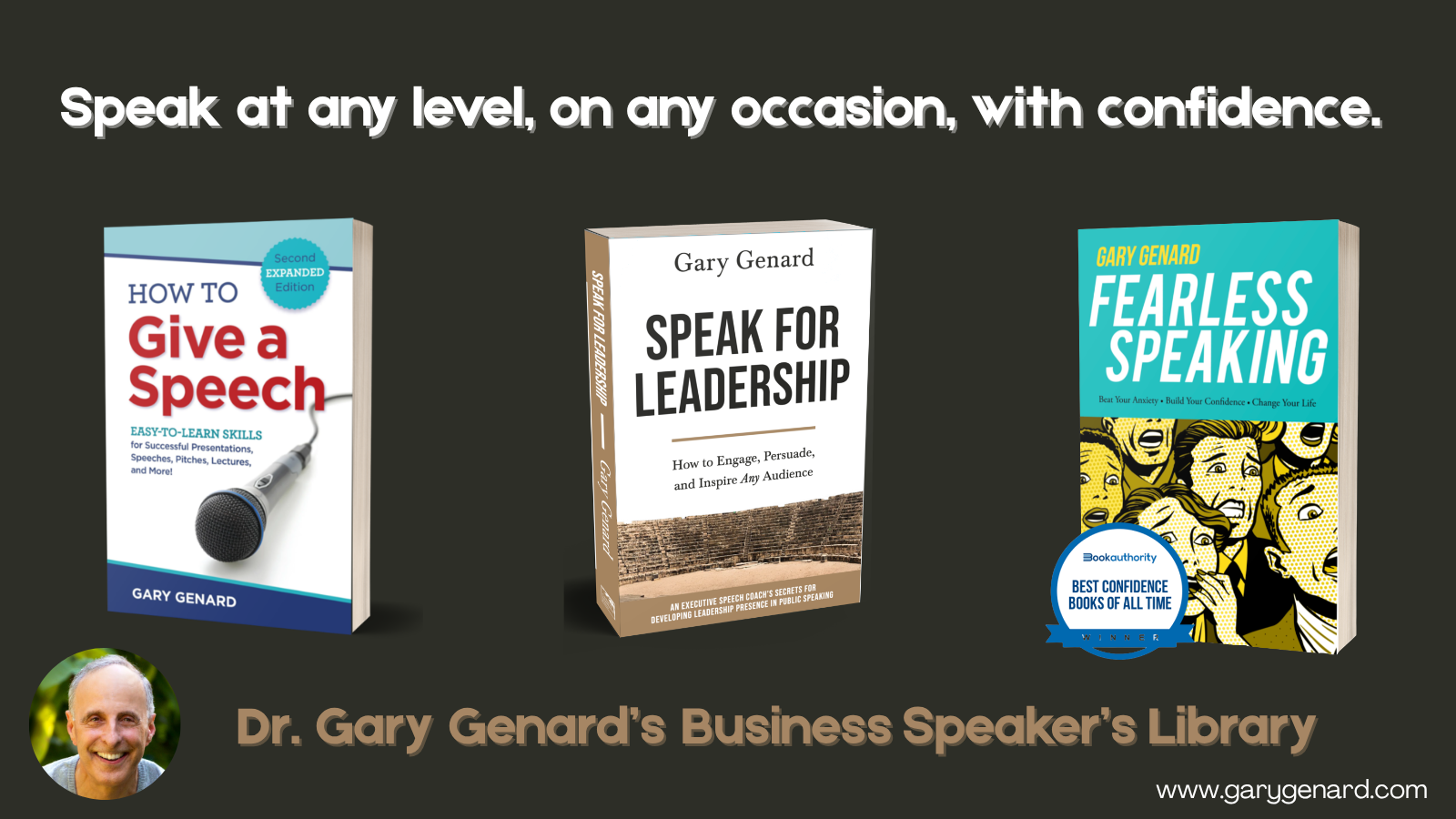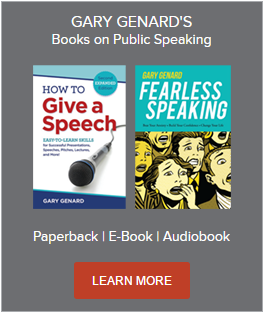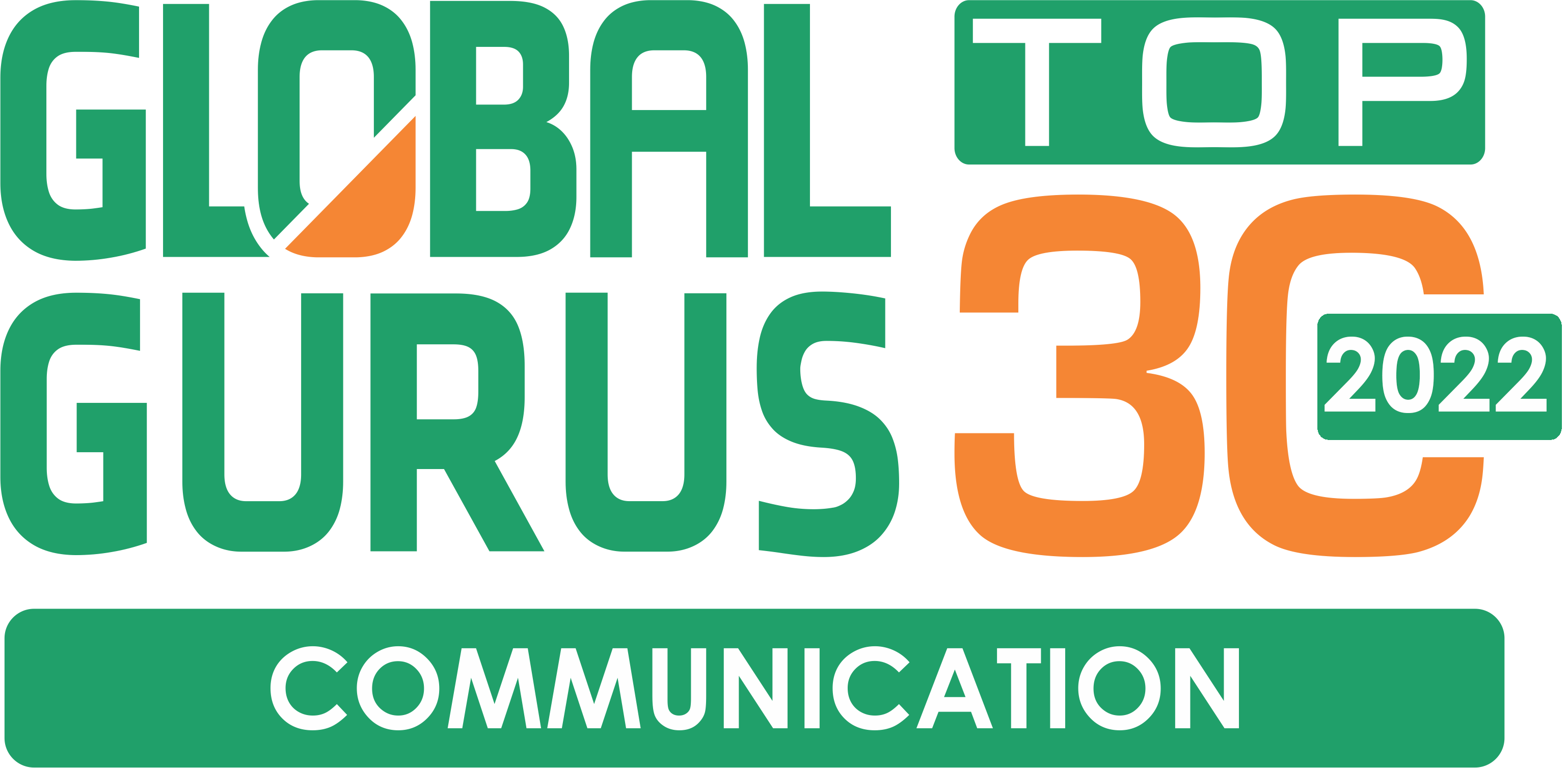Do you need a wildly creative method to interest audiences? No—you need something simple. Here is the best audience engagement strategy ever invented.
Which of these people would you rather listen to? Choice A is a speaker who dumps interesting and valuable data on an audience. Choice B is a presenter who delivers the same content while engaging listeners by tapping into their self-interest.
If I were a lawyer, you'd probably say I just asked a leading question.
Read Chapter 11, "Engaging and Persuading Audiences," in my book, How to Give a Speech. On Amazon. It's your portable speech coach! Click below for a free chapter.
Too many public speakers think that the name of the game is content.
It isn't.
It's influence.
So, we have our first clue concerning an effective strategy to use with an audience for maximum engagement: it must be about their wants and needs, not our own.
I told you it was simple. Why, then, doesn't it occur to all the presenters who focus on their content and how they are doing, rather than the elements of effective engagement? Let's talk about the two most important of those elements, and how they are the same whoever your listeners are and whatever your topic is.
Making your points early is vital. Get my Free eGuide to great openings. Captivate your audience in the first 30-60 seconds with How To Start A Speech. Open with power!
Two Simple, Powerful Ways to Engage an Audience
The first is a roadmap (or blueprint). The second is something that goes by the acronym WIIFM, which stands for "What's In It For Me?" Both elements are often left out of a presentation—especially the WIIFM.
Why? Because it's easy for this mistake to happen if all you're concerned with is the content of your talk and how well you're performing. As I say, I believe that's the common modus operandi that most speakers employ. But think about that. Why would any audience member be engaged or excited about your presentation if the two main elements of it have nothing to do with that listener personally? That's where the roadmap and the WIIFM come in—and both must make their appearance during the opening of your talk. (For more, download my Free resource, How to Begin a Presentation: The Critical First 60 Seconds.)
Speak on any level with complete confidence, whatever the occasion, with my books How to Give a Speech, Speak for Leadership, and Fearless Speaking. Find them on Amazon.
Order your copies today, for you or your team!
The Roadmap. One of your tasks as a speaker is to help the audience as they try to understand, retain, and ultimately act on what you're advocating. All of that can be a tall order in a presentation, because everything must be absorbed in real time as you are speaking.
You help the audience in their effort when you provide them with a roadmap (and make it difficult for them if you don't). A roadmap or blueprint gives them an idea of where you're going together, and what you will all experience along the way. A good speech is an adventure that you take your listeners on. You lay it out beforehand a) so they grasp that it's going to be more interesting than a data dump, and b) to give them signposts or destinations they will see along the way.
In terms of what you say, it sounds something like this: "As new hires, today you'll be learning about this amazing organization you're now a part of. We'll take a look back at what things were like in the late 19th century when the hospital—unique in its time—was founded. Then we'll take a quick tour of the different departments, specialties, and research labs that make us one of the world leaders in this field today. Finally, we'll learn about the truly exciting innovations and treatments our physicians and scientists are exploring and implementing every day as we lead the way into the future. Each of you is an important part of that future—and we're delighted that you've come on board."
People are more comfortable when they feel they have some sense of control, and a roadmap gives them that. They will now recognize each segment of this particular welcoming presentation as it unfolds, and feel that they know where they're going. The roadmap also makes it easier for them to retain the important parts of this orientation.
Want to boost your confidence for professional success? Get my book, The Confidence Book. Discover 75 secrets for quickly becoming a more confident you. On Amazon.
The WIIFM. This step is almost always left out of presentations, and it's an essential part of The Genard Method of performance-based public speaking training. That's because it's one thing to give listeners a topic or list of items to be covered that's all shiny and perfect—the best that you and your team could come up with.
But why should they even pay attention? That is, they may or they may not. That's because you've haven't yet made it worth their while. You do that when you tap into the "What's in it for me?" mindset that every audience member is in concerning every speech or presentation they listen to. In other words, you must answer that question for them. You do so by coming right out and telling them why you're speaking on this topic to them, and why it will improve their lives when they listen to what you're about to say.
That's when they will pay attention!
So, after you mention the specifics of your presentation, you tell them something like: "The reason I want to talk to you about this topic, is that it's going to give you information the team needs as we go forward with the new project. This is new ground for us, and what I want to do today is show you how we can use the new procedure to come up with something really exciting that meets the new mandate of the leadership team. Believe me, this department can shine, and what you all learn today will be critical to our success."
Both of these strategic elements—the roadmap and the WIIFM—need to appear as early in your presentation as possible. They are essential components that predispose your listeners to be engaged and to pay attention. Leave them out, and it could all be a hit-and-miss affair.
You should follow me on Twitter here.

Gary Genard is an actor, author, and expert in public speaking and overcoming speaking fear. His company, The Genard Method offers live 1:1 Zoom executive coaching and corporate group training worldwide. For nine consecutive years, he was ranked by Global Gurus as One of the World’s Top 30 Communication Professionals. He is the author of the Amazon Best-Seller How to Give a Speech. His second book, Fearless Speaking, was named in 2019 as "One of the 100 Best Confidence Books of All Time," and he has been named as One of America's 5 Top Speech Coaches. His handbook for presenting in videoconferences, Speaking Virtually offers strategies and tools for developing virtual presence in online meetings. He is also the author of Speak for Leadership: An Executive Speech Coach's Secrets for Developing Leadership Presence. His latest book is The Confidence Book: 75 Ways to Reduce Your Anxiety, Let Go of Your Fears, Change Your Negative Thinking, and Live Fully in the Moment. He is also the creator of The Dr. William Scarlet psychic mysteries. Contact Gary here.
Photo credit: Nano Erdozain on pexels.com






